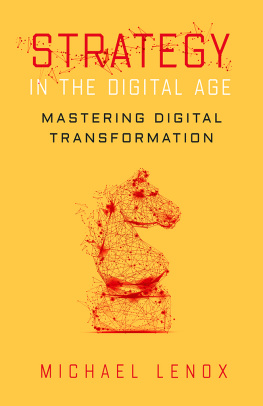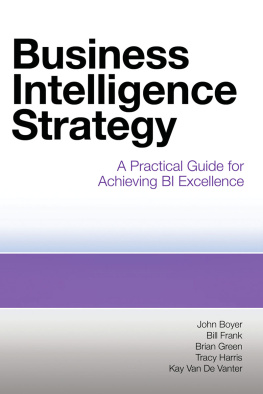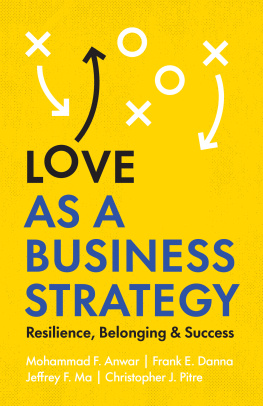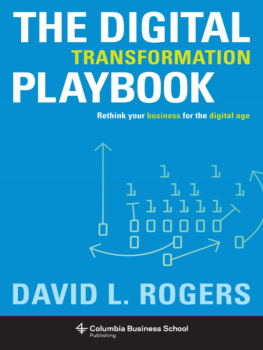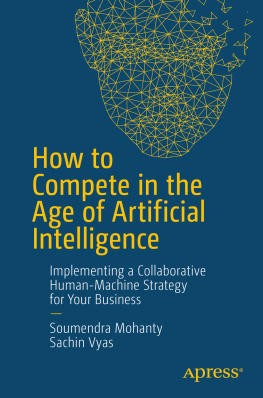Venkatesh Upadrista - IoT Standards with Blockchain: Enterprise Methodology for Internet of Things
Here you can read online Venkatesh Upadrista - IoT Standards with Blockchain: Enterprise Methodology for Internet of Things full text of the book (entire story) in english for free. Download pdf and epub, get meaning, cover and reviews about this ebook. year: 2021, publisher: Apress, genre: Business. Description of the work, (preface) as well as reviews are available. Best literature library LitArk.com created for fans of good reading and offers a wide selection of genres:
Romance novel
Science fiction
Adventure
Detective
Science
History
Home and family
Prose
Art
Politics
Computer
Non-fiction
Religion
Business
Children
Humor
Choose a favorite category and find really read worthwhile books. Enjoy immersion in the world of imagination, feel the emotions of the characters or learn something new for yourself, make an fascinating discovery.
- Book:IoT Standards with Blockchain: Enterprise Methodology for Internet of Things
- Author:
- Publisher:Apress
- Genre:
- Year:2021
- Rating:4 / 5
- Favourites:Add to favourites
- Your mark:
IoT Standards with Blockchain: Enterprise Methodology for Internet of Things: summary, description and annotation
We offer to read an annotation, description, summary or preface (depends on what the author of the book "IoT Standards with Blockchain: Enterprise Methodology for Internet of Things" wrote himself). If you haven't found the necessary information about the book — write in the comments, we will try to find it.
Start by learning the generic industry perspective on digital transformation using IoT. Then move on to the IoT Standards Reference Model. Its an abstract framework consisting of an interlinked set of clearly defined components for enterprises to successfully implement an IoT solution. The IoT Standards Reference Model can be applied for IoT use cases across any industry and is kept abstract in order to enable many, potentially different, IoT architectures to be implemented based on the model.
With IoT thoroughly covered, youll dive into Blockchain and AI technology. This book will discuss the importance of using private blockchains for IoT use cases. Youll also discover the five IoT-Blockchain implementation patterns that enterprises can enable for seamless communication between IoT devices, IoT Smart Gateways, and IoT platforms. These patterns help achieve trust, interoperability, and extendibility. Then youll work with AI and the IoT Standards Reference Model. The reference model recommends applying AI patterns to generate insights from data and take appropriate actions automatically.
IoT Standards with Blockchain also provides perspective on how and when to apply AI in an IoT Context. In the end, youll have a solid methodology to execute large scale, enterprise-level IoT implementations. Youll have an enterprise digital transformation framework for IoT that will enable your enterprise to operate better.
What Youll Learn
- Facilitate IoT interoperability with best practices
- Implement IoT platform security
- Feed data and analytics to AI models
Who This Book Is For
C-suite leaders and IT program managers across all industries, including manufacturing (Industry 4.0), logistics, oil and gas, transportation, energy, mining and metals, aviation, pharmaceuticals, medical devices, and hospitality.
Venkatesh Upadrista: author's other books
Who wrote IoT Standards with Blockchain: Enterprise Methodology for Internet of Things? Find out the surname, the name of the author of the book and a list of all author's works by series.


